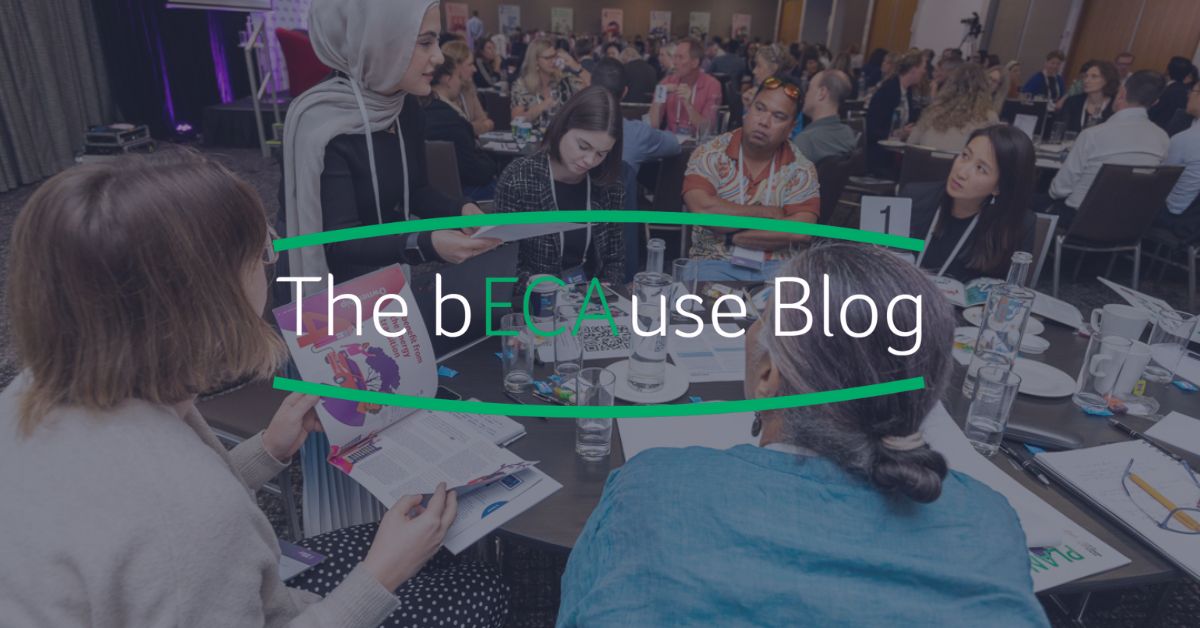From the CEO
I’ve been working in the energy sector long enough to expect the unexpected.
But what was brought home to consumers earlier this month is like nothing that has been seen before.
The announcement for impending increases in retail electricity prices from 1 July 2023 set in the Default Market Offer (DMO) and Victorian Default Offer (VDO) – 21% and 31% on average respectively – are the highest since the DMO and VDO came into effect.
And concerningly, these increases could have been as high as 40% to 50% without the Federal Government’s intervention with the Energy Price Relief Plan announced in December 2022, which capped domestic gas and coal prices.
There’s no doubt that these price hikes, on top of double digit increases in retail electricity and gas prices this past year, will place increasing stress on households and small businesses who are already contending with a range of cost-of-living pressures.
With retail energy prices having been high for most of the past decade, affordability continues to be the top concern for households in the energy transition, reported in our Energy Consumer Sentiment Surveys (ECSS). And small businesses are most concerned about energy costs and insurance costs in relation to rising costs, according to Business NSW.
It is also clear from our ECSS data, that there is an energy divide that is at risk of widening as retail price increases outpace wages and incomes growth for low and middle-income households in particular.
In response, Energy Consumers Australia publicly called on governments and energy companies to do more so that these price increases don’t turn into bill shock, whether that’s the winter bill or the next summer bill.
Governments can make sure that the rebates and assistance that is available is proportionate, and importantly make sure that families and businesses that are eligible for concessions receive them. We know that as many as half are missing out on help they are entitled to under existing schemes.
Energy companies should be proactive and not wait for people to get into trouble. Get customers on the best price and make sure that those that need it are on hardship or payment plans early.
What we also know is that while this current price crisis will ease, as a number of global and domestic factors are already reducing wholesale electricity prices, we cannot count on retail electricity and gas prices falling below pre-crisis levels. If anything, the risk is that the scale of investment required in additional renewable generation, transmission and distribution network capacity and storage in the next decade will sustain high retail electricity prices.
With this forward outlook, the most achievable and sustainable path to lower bills is to empower Australian households and small businesses to take control over their energy use and costs. To quote Amory Lovins, “the world’s biggest untapped energy source is efficiency. And retooling for energy efficiency will require “barrier-busting” at many levels.”
While together governments and industry can do much to address the barriers to improving energy performance – the concept used in the Australian Government’s National Energy Performance Strategy to include energy efficiency, load shifting, fuel switching and behaviour change – these decisions can be complex for consumers, and come with upfront costs.
This gets us to the heart of the problem. As complexity rises, so does confusion.
Consumers often don’t know where to turn to for help or who to trust when it comes to information about energy performance. Half of all Australians now say they lack the tools and information to make energy decisions in their own interest. The story is the same for small businesses. A recent Business NSW report found, “The most used sources of advice to business were among those [businesses] found least useful, while the most useful sources of advice were among the least used.”
Supporting consumers to improve energy performance in their homes and businesses, cannot be achieved by financial incentives alone. Australians need to be equipped and empowered with an understanding of the need for flexibility in their use and generation (for those with solar systems), and with the trusted and independent information and tools that they need to take control over their energy use. We’ve been supporting consumers with this through our Consumer Advice Hub and Plug In resources.
However, this is not enough. To achieve the magnitude of impact required to make a difference for Australians, we need to dream big. There is a role for a co-ordinated national awareness campaign supported by local engagement, that arms consumers with critical information and empowers them to lower their bills. Building on this is the potential for an energy trust to be a source or gateway for consumers to access high quality, independent, trusted and actionable advice. These have been a feature of government policy overseas and deserve consideration in Australia.
With the support of Energy Ministers, Energy Consumers Australia is exploring “a national energy literacy program that will address current knowledge gaps and ensure that consumers are exposed to consistent, targeted and accessible messaging that empowers them to further reduce their energy costs” (February 2023).
The information provided in this campaign must be easy to understand and easy to implement. There is a role for both national and localised campaigns given the vastness of Australia’s geography and diversity of population. What makes sense in winter in Hobart, won’t work in regional and remote communities in outback Queensland.
This is not about fact sheets and website content. There is also a need for a coordinated multichannel campaign that meets consumers where they consume information with common language to create a shared vision of what we are trying to achieve. To create lasting behaviour change, this campaign must also occur at scale. Australians need to hear the same simple messages, repeated multiple times, in a variety of ways, from a range of trusted sources. There’s still much to be figured out and we are at an early stage, but the need is evident.

Lynne Gallagher
Chief Executive Officer
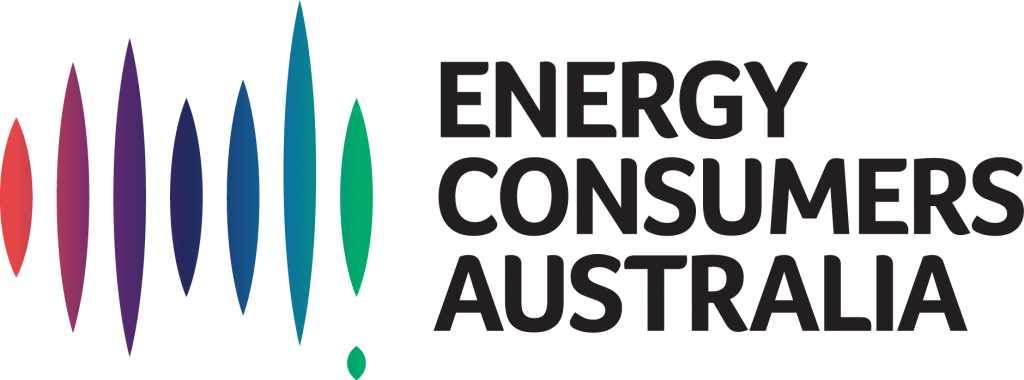
Published Pieces
Power Price Hikes

We’ve been out in the media a lot this past week discussing the impending price hikes to electricity bills and what they mean for consumers. As our CEO, Lynne Gallagher, explained to ABC News, the double digit price increases mean “we’re really at a point where people’s buffers are starting to be exhausted.”
This means vulnerable consumers must be protected. We called on governments to pay attention to the fact that many people who are eligible for assistance under state government schemes are not receiving support. As Lynne explained to The Project, as many as half of households could be missing out on assistance.
Catch up on some of the coverage highlights, including on 7 News, The Guardian, ABC News, The Canberra Times, and AAP Newswire.
Blind Spots in Energy Policy

We often talk about designing for diversity. But what does that mean? And why does it matter when it comes to gender? Lynne recently penned a piecefor Buildings & Cities that discusses how blind spots in the design, provision, and use of smart tech can adversely affect energy outcomes.
Enabling the Transition: New Reports
How to Encourage Household Flexibility

Capturing the full potential of demand flexibility – the ability for consumers to shift electricity demand in response to changing price signals or incentives – is crucial to lowering wholesale electricity prices, lowering electricity bills, and enabling the system to transition towards net zero.
To better understand how consumers can be supported to reduce, shift, or increase their energy use at, or for, specific times, we engaged KPMG to investigate how our energy system can better support demand flexibility.
Leaving Gas? We Must Start Planning Now

As we embrace a net-zero future, consumers will change the way they meet their energy needs. With five million households and thousands of small businesses currently connected to the fossil fuel gas network, this will be a monumental shift and won’t be without its challenges.
This means we must start planning now for an orderly and fair exit plan from gas so that no one is left behind.
Consumers’ Voice

There’s been much speculation about the impact of the ‘energy crisis’ and rising energy prices on households and small businesses. So we wanted to hear directly from those impacted about their lived experience and gain further understanding about how the energy system is – or isn’t – working in their best interests. And what they’d like done about it.
For example, one business owner from NSW explained, “I would appreciate greater customer care in the form of practical suggestions and products that could help us become more energy efficient and to lower costs.”
From the Grants Team
Spotlight on Grant Recipient: Better Renting
ECA proudly funds a range of innovative research and advocacy projects that support Australian energy consumers. Our Grants Program funded Better Renting to conduct citizens research with 77 ‘Renter Researchers’ to track temperature and humidity in their homes over summer. The research found that despite a cooler summer, higher energy costs mean that renters in substandard homes are still too-hot plenty of the time.
Renters like Emily have been forced to make difficult decisions between cooling their homes and high energy costs, leaving them with bills they are unable to pay, “I feel I will never catch up with my electricity or gas bill and will be forever paying it off.”
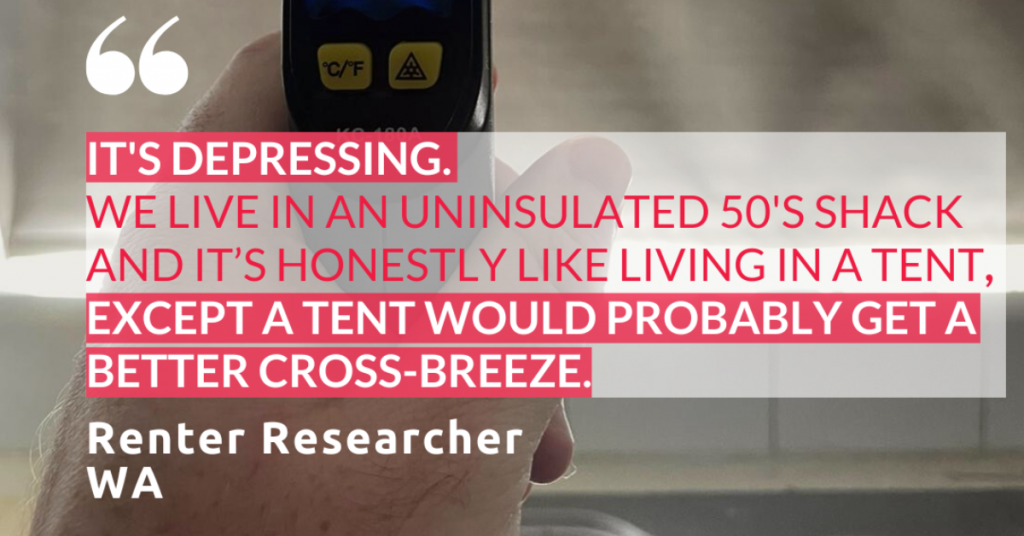
The research was also highlighted in a recent 7.30 episode – Hot House – on ABC. Watch the episode to meet some of the renters who took part and see how they grappled with the rising cost of energy. And importantly, what needs to be done to tackle this crisis.
Spotlight on Grant Recipient: The University of Queensland

Australia’s electric vehicle numbers doubled last year. And this trend is set to continue. When, where, and how EVs charge will have significant implications for our energy system. Our Grants Program is providing funding to The University of Queensland to explore the impacts of shifting EV charging and how this can benefit both consumers and the grid.
Have a Bright Idea in Need of Funding?
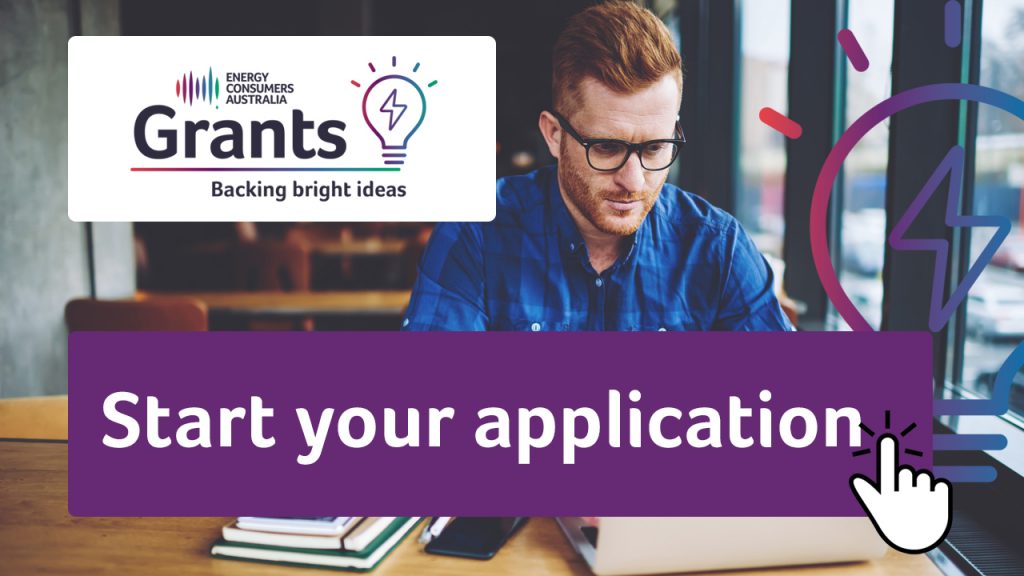
Our Grants Program funds new and exciting research and advocacy projects that seek to solve pressing problems facing energy consumers. A new round of funding is now open. Our Grants Team is available to speak to any prospective applicants to discuss ideas or share priority research areas for ECA. Applications close on 28 April. More details on how to apply and eligibility can be found here.
Foresighting Forum Highlights
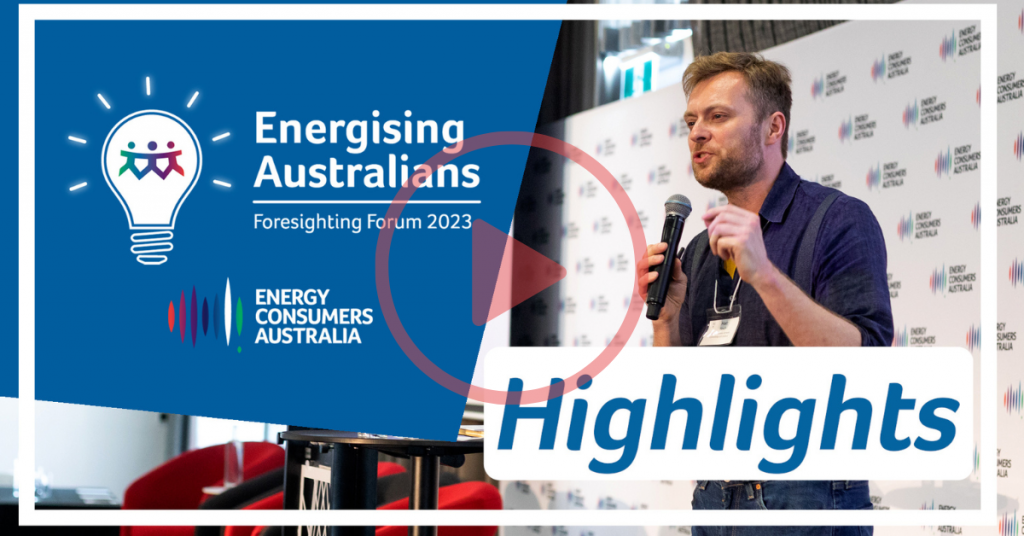
Last time we wrote to you, we shared the full recordings of each session of the Foresighting Forum. We are now pleased to also share with you highlights reels from each session. Across the course of the event, we also had the chance to speak one-on-one with our keynote speakers, members of our Consumer Voices Panel, and a researcher from the Digital Energy Futures project. You can hear directly from consumer advocates about their reactions to discussions about the future of our energy system.
Submissions
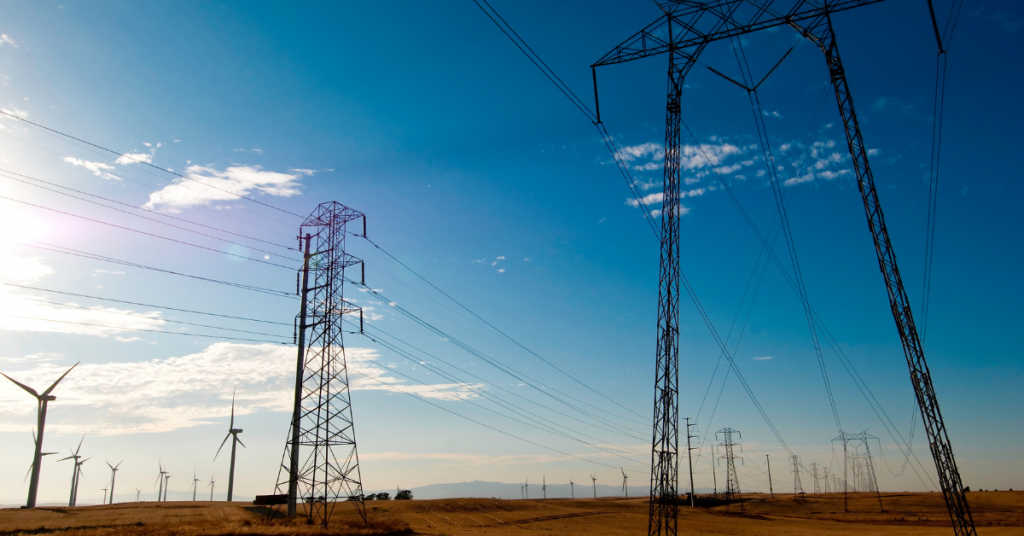
Developing a whole of system plan for the future of our energy system is a critical task. The Inputs, Assumptions, and Scenarios Report (IASR) outlines how AEMO proposes to conduct this planning. ECA put forward a submission in response to the draft IASR that outlined how we can ensure this system meets the diversity of consumer needs. Our submission argues that to place consumers at the heart of solutions, we need more integration, collaboration, and communication.
During this past month, we have also provided feedback to the Senate Select Committee on the cost of living, particularly concerning the impact of rising energy costs on residential and small business consumers. Read our submission to learn about our recommendations to the Commonwealth to address this issue.


